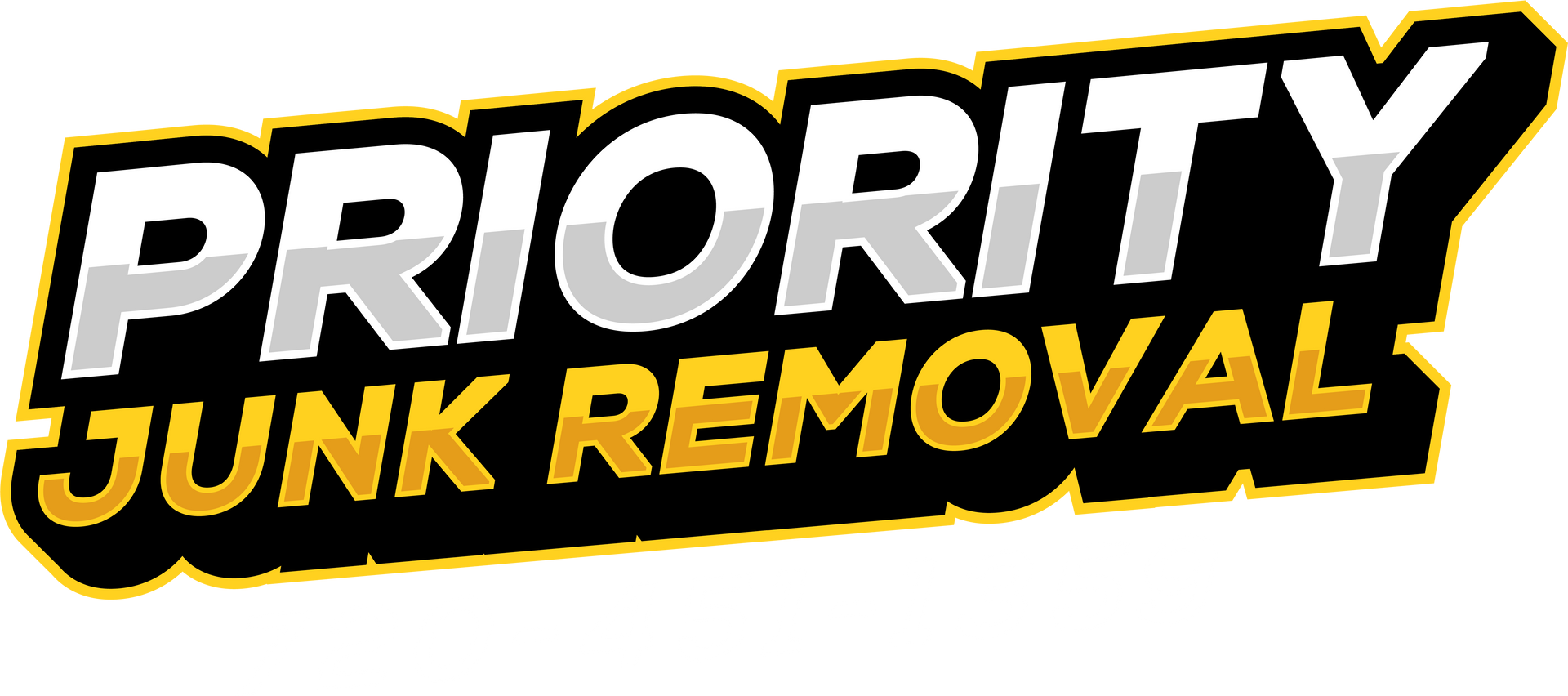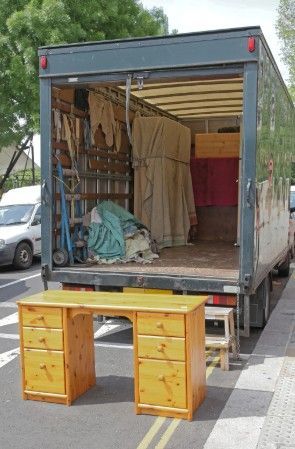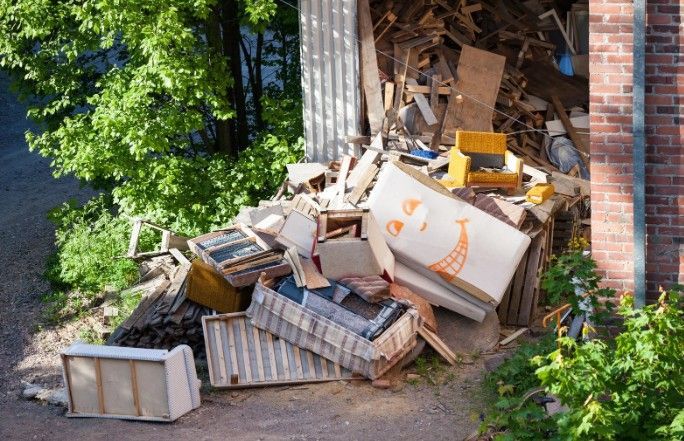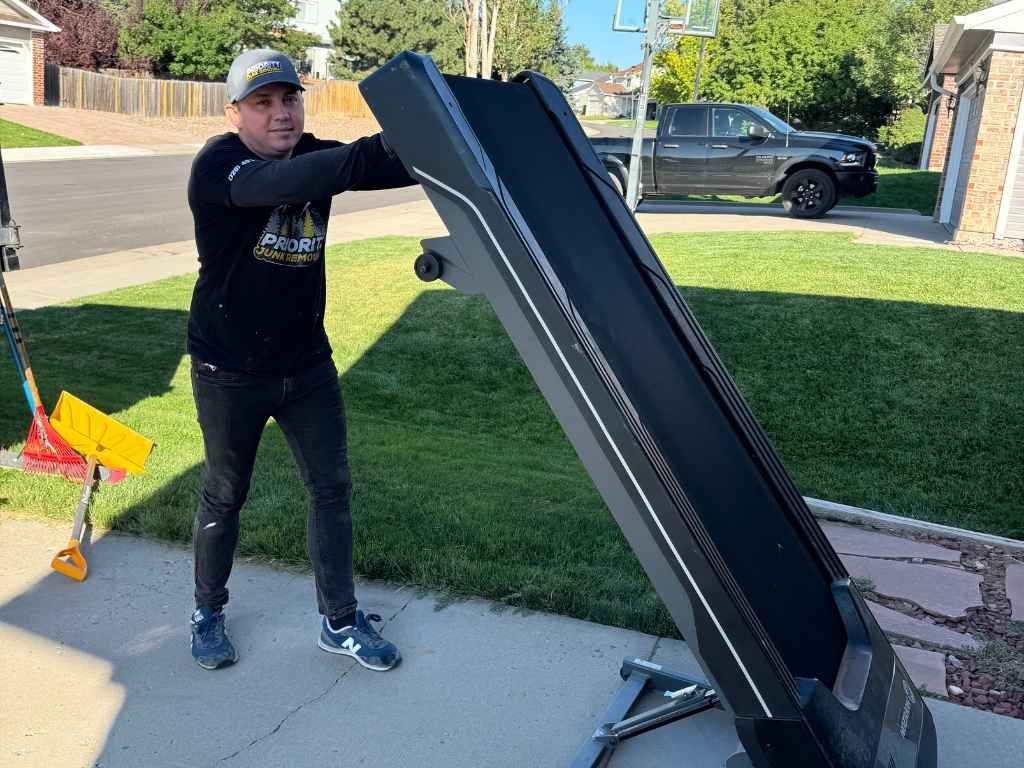Warehouse Cleanout Tips for Maximum Efficiency
When a warehouse becomes overloaded with excess inventory, outdated equipment, or even obsolete stock, it can create a chaotic and unproductive environment. An efficient warehouse is crucial for any business, whether you're managing a retail space, a distribution center, or a manufacturing facility. A clean, well-organized warehouse not only boosts operational efficiency but also helps prevent safety hazards and enhances the overall workplace atmosphere. However, many warehouse owners and managers struggle with the logistics of cleaning out a large space, often due to the sheer volume of items and the potential disruption to daily operations.
Plan Ahead: Set Clear Objectives
A successful warehouse cleanout begins with careful planning and setting clear objectives. Without a defined plan, the process can quickly spiral into chaos, leading to wasted time and resources. Start by assessing the current state of the warehouse. Are you aiming to remove outdated inventory, improve the layout, or make room for new stock? Defining these goals upfront will provide a clear direction and help you measure success. Take inventory of the problem areas, such as overcrowded shelves, disorganized aisles, or underutilized storage.
The more specific you are about what needs to be addressed, the more streamlined the cleanout will be. Once you have a clear plan, establish a realistic timeline. Consider the size of the warehouse, the volume of items to be removed, and any operational constraints. For example, if your warehouse operates on a tight schedule, you may need to stagger the cleanout process to avoid disruptions. By setting clear objectives and a solid timeline, you’ll increase efficiency and reduce stress during the cleanout process.
Sort Items Efficiently: Keep, Donate, or Dispose?

Sorting through warehouse inventory can feel like an overwhelming task, but a strategic approach will make the process more manageable. Begin by dividing items into three categories: keep, donate, or dispose. This method helps you make clear decisions about each item’s value to your business. The "keep" category should include items that are essential to daily operations or have future use. If you’re holding onto items for sentimental reasons rather than business value, it’s time to reconsider.
For the "donate" pile, identify items in good condition that no longer serve your business. Many local charities and organizations gladly accept tools, equipment, and supplies. Donating not only reduces waste but also benefits the community. The "dispose" category should be reserved for broken, outdated, or hazardous materials. For large or heavy items, you may need to hire a professional junk removal service to ensure proper disposal. Being thorough and decisive during this process will prevent clutter from building up again and create a more efficient work environment.
Create a Floor Plan for Organization
Once you’ve cleared out the clutter, the next step is to create a well-organized floor plan that enhances workflow and efficiency. A poorly organized warehouse can lead to misplaced inventory, slower operations, and frustrated employees. Start by analyzing your current layout—are high-traffic areas overcrowded? Are products stored logically for easy retrieval? Group similar products together into designated zones and ensure that commonly used items are easily accessible. Label everything clearly and consider color-coding to simplify navigation.
- Analyze traffic flow: Carefully assess how people and equipment move through the warehouse. Identify high-traffic areas that may cause congestion or slow down operations. Rearranging these areas can improve the overall flow and prevent bottlenecks, making it easier for employees to navigate and work efficiently.
- Group products logically: Organize similar products into clearly marked zones to minimize search time. Place frequently used items near the front for quick access, while heavier or bulkier items should be stored closer to loading docks. This reduces unnecessary movement and increases picking and packing speed.
- Use clear labeling: Proper labeling helps employees quickly locate products and supplies, reducing time spent searching. Mark shelves, bins, and aisles with large, easy-to-read labels. Adding color-coded systems for different product categories can further simplify navigation and reduce errors during order fulfillment.
- Maximize vertical space: Installing high shelving or mezzanine floors allows you to take advantage of unused vertical space. This increases storage capacity without expanding the floor area, keeping the warehouse organized and ensuring that products are stored safely and securely.
- Ensure wide aisles: Widening aisles makes it easier for forklifts and pallet jacks to maneuver through the warehouse without causing accidents or delays. Adequate space also helps prevent damage to products and ensures that employees can work more comfortably and efficiently.
Involve Your Team: Communication Is Key
A warehouse cleanout isn’t a one-person job—it requires teamwork and clear communication to run smoothly. Start by holding a team meeting to explain the cleanout plan and establish clear roles. Assign specific responsibilities such as sorting items, reorganizing shelves, or managing waste disposal. Creating smaller teams to handle different sections of the warehouse can speed up the process and prevent confusion. Encourage open communication throughout the cleanout so team members can raise concerns and suggest improvements. Emphasize the importance of safety during the process.
Warehouse cleanouts often involve heavy lifting, handling hazardous materials, and using equipment like forklifts or pallet jacks. Ensure that all employees wear the proper personal protective equipment (PPE), including gloves, steel-toe boots, and eye protection. Make sure everyone knows how to operate equipment safely and understands emergency procedures. Recognize and reward the team’s hard work once the cleanout is complete. A motivated and well-coordinated team will not only make the cleanout more efficient but also foster a more organized and productive work environment.
Use the Right Tools and Equipment
Having the right tools and equipment on hand can make a significant difference in the efficiency and success of a warehouse cleanout. For large or heavy items, forklifts and pallet jacks are essential for safe and quick transport. Roll-off containers or dumpsters are useful for disposing of bulk waste and debris, especially if the cleanout involves removing outdated equipment or broken materials. For inventory that you plan to keep, invest in quality storage solutions like shelving units, storage bins, and racks.
This will help you keep items organized and accessible in the long term. Cleaning equipment is also crucial once the clutter is gone. Industrial sweepers, pressure washers, and floor scrubbers will help you clean up dust, debris, and spills, leaving the warehouse spotless. Having the right tools at your disposal will speed up the cleanout process, reduce the risk of injury, and help maintain a clean and organized space. A well-equipped warehouse is easier to manage, more efficient to operate, and more welcoming for your team.
Establish a Regular Maintenance Schedule
Once you’ve completed a warehouse cleanout, the real challenge is keeping it that way. Without a consistent maintenance plan, it’s easy for clutter and disorganization to creep back in. A well-organized warehouse improves efficiency, reduces errors, and creates a safer work environment. To maintain these improvements, it’s essential to establish clear processes and stick to them.
Set Up Daily Inspections
Daily inspections are essential for keeping your warehouse in order. Have a designated team member walk through the aisles each day to ensure that items are properly stored and that there are no safety hazards, such as blocked walkways or unstable stacks. Catching small issues early prevents them from turning into bigger problems and keeps the workspace safe and organized.
Schedule Weekly Cleanings
Dust, debris, and clutter can quickly accumulate in high-traffic areas, especially where heavy machinery is used. Setting up a weekly cleaning schedule helps keep these areas clear and reduces the risk of accidents or damaged inventory. Assign specific cleaning tasks to different team members to ensure that all areas, including shelving units and loading docks, are thoroughly cleaned and maintained.
Conduct Monthly Inventory Audits
Inventory management is key to keeping your warehouse running smoothly. Schedule monthly audits to verify that all items are accounted for, properly labeled, and stored in the right locations. This helps prevent misplacement, loss, or damage while also highlighting any overstocked or understocked items. Consistent audits improve order accuracy and help maintain a streamlined inventory system.
Train Employees on Proper Storage
An organized warehouse relies on employees who understand how to handle and store items correctly. Provide regular training sessions to teach staff about proper storage techniques, inventory handling, and safety protocols. Encourage employees to return items to their designated spots and follow established guidelines for handling fragile or hazardous materials. Well-trained employees create a more efficient and safer work environment.
Create a Restocking Plan
Maintaining a balanced inventory requires a solid restocking plan. Develop a system that tracks product movement and alerts you when stock levels are low. This prevents overstocking and ensures that fast-moving items are always available. A restocking plan also helps rotate products efficiently, preventing waste and reducing the chances of expired or outdated stock cluttering your warehouse.
Conclusion
A warehouse cleanout can feel like a monumental task, but with careful planning, effective organization, and the right tools, it doesn’t have to be overwhelming. By following these tips, you’ll not only maximize the efficiency of your warehouse but also create a safer and more productive environment for your team. Remember, regular maintenance is key to ensuring that the benefits of your cleanout last long-term.
If you're looking for professional help with your warehouse cleanout, don't hesitate to contact Wee Haul Junk, located in Vienna. You can reach them at 571-489-2961 or email info@weehaulnow.com for all your cleanout and junk removal needs.











